Southern Plains Villagers is a culture that occupied the Southern Plains from 800 CE to 1500 CE. These Indian people had agricultural economy which they supplemented by hunting and gathering wild plants. With regard to hunting, the bison was an important animal and was also important in the religious life of the people. Overall, the Southern Plains Villagers had a rich and varied subsistence base.
The Southern Plains Village sites were relatively small, ranging from a half an acre to as large as four acres. They were usually located on major streams or tributaries. These were sites where the fertile sand-loam soils were well-suited to their corn-based agriculture.
Several small communities would often be clustered fairly close together which suggests a rural community composed of several family groups. In some instances, a larger site would serve as the central community for a number of smaller sites which would be located up and down the river valley.
Southern Plains Village houses tended to be square or rectangular made with central support posts. Upright logs placed in postholes were used to form the walls. The walls of the houses were plastered. The houses were roofed with grass thatch. Houses averaged 23 feet long by 14 feet wide.
The Southern Plains Villagers made flaked stone tools from both locally available materials and from materials which had been traded through some distance. They are using arrowheads which archaeologists classify as Fresno, Washita, Ellis, and Edgewood types.
The Plains villagers used a variety of ground stone tools, including grinding stones. They also used different types of abrading stones. The sandstone abraders which they used were similar to graded sandpaper. They would be used in making bone tools. Coarse abraders would be used for the initial or rough out work. Then the toolmaker would switch to the medium abraders for intermediate steps. Finally they would use the fine grade for finishing work or re-sharpening.
Using stone tools for grinding corn and plant seeds meant that there was a large amount of grit in the food. This resulted in tooth wear.
The Southern Plains Village people also made pottery. Some of the pottery was made using a limestone temper while some was made using a shell temper. In general, the pots were made for everyday use and tend to have little or no decoration. In addition to pots and bowls, they also made pipes and figurines from clay. The clay figurines were used in fertility ceremonies and the clay pipes were used in tobacco smoking ceremonies.
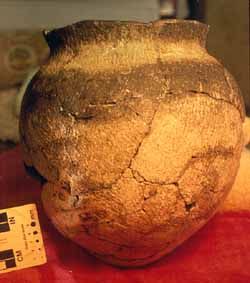
Shown above is an example of Custer Phase Pottery (800 to 1250 CE) from Oklahoma.
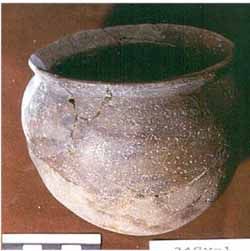
Shown above is an example of Washita River Pottery (1250 to 1450 CE) from Oklahoma. Both of the photos above are from the Oklahoma Archaeological Survey files.
http://faculty-staff.ou.edu/D/…
The Plains Village people used cache pits for storage. These were dug into the ground to a depth of about 4 feet and they were slightly more than 3 feet in diameter.
During the Turkey Creek Phase (1250 to 1450) in Oklahoma, there were trading networks which connected the Southern Plains Villages to the Pueblo villages in the west and the Caddoan groups to the east and northeast.
About 1500 CE, the Southern Villagers appear to have abandoned their heartland and become more dispersed. In some areas of the Southern Plains, the number of sites decreases and there is a substantial increase in the size of the remaining villages. It is possible that climatic conditions forced the people to move eastward where water supplies were more reliable. Some of the Southern Villagers were the ancestors of the historic Wichita. Intrusive groups, such as the Kiowa, began to appear at this time.
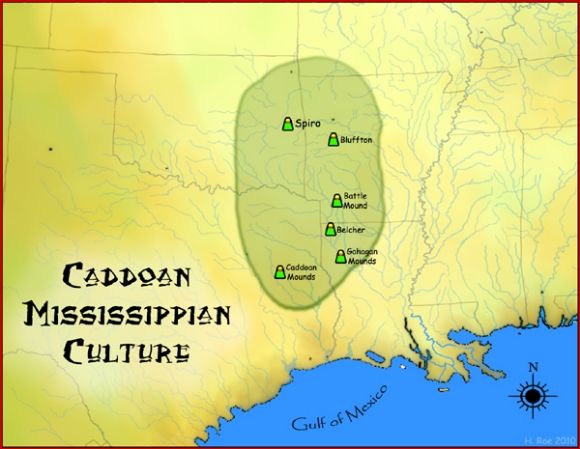
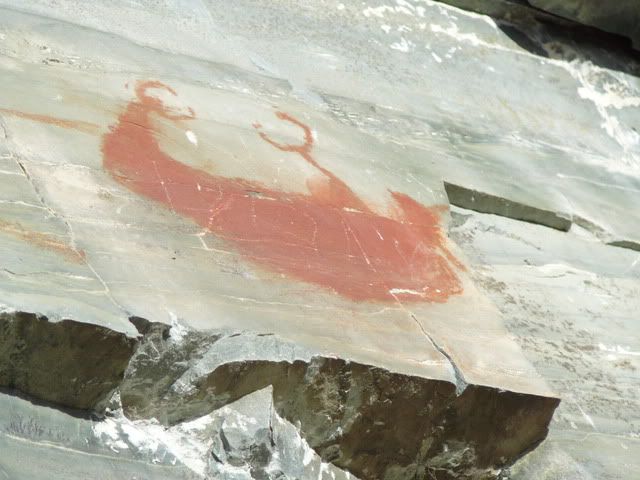

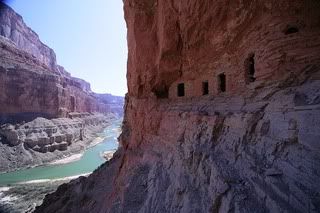
Leave a Reply